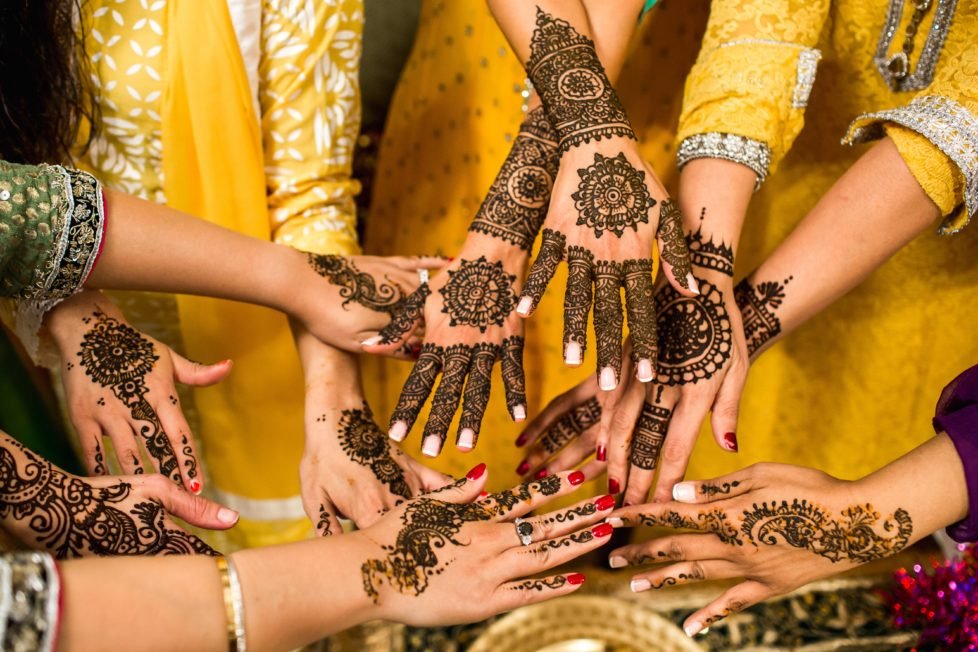In Indian marriages, How mehndi plays a significant role.


The dried leaves of the henna plant are ground into a paste known as mehndi or henna. It leaves a transient stain on the skin that may linger for a few weeks when applied. Mehndi is used for its staining properties, which are caused by a substance called lawsone, according to science. Lawsone penetrates the stratum corneum, the top layer of skin when applied to the skin, and bonds with the keratin there. This produces an effect that resembles a temporary tattoo and can last for several weeks. Mehndi has been used for ages in various cultures as both a traditional cosmetic and a kind of body art. It is also utilized in various ceremonials and rituals that are traditional and sacred. Also, despite the fact that there is little scientific evidence to back this claim, some individuals think mehndi offers medical benefits.
Mehendi is regarded as a shagun because it symbolizes the marriage covenant. It represents the couple’s and their families’ love and affection for one another. These are a few widespread notions connected to this custom:
One of the most significant pre-wedding rituals, the mehndi ceremony is full of excitement, color, happiness, dancing, and other festivities. The female guests at the wedding, including the future bride, get together on Mehndi night to decorate their hands with lovely, abstract henna design patterns. Even some families combine the Sangeet and Mehndi ceremonies to create a more enjoyable and beautiful celebration.
The importance of the mehndi ritual has increased in prestige in Indian marriages. The days of celebrating mehndi with only a small group of family members present are long gone. Mehndi is now observed with great fanfare. Nowadays, couples go above and beyond to celebrate every event with fire and excitement. In contrast to the past, when brides wore old garments to protect themselves from mehndi stains, today’s brides choose particular outfits.
In some regions or cultures, the groom is made to look for his name in the bride’s mehndi design during the post-wedding celebrations in order to make the atmosphere for the new bride at her new home fun and lighthearted. Despite this, the traditional method of writing the groom’s name on the bride’s mehndi is still in use.
Mehndi has long been seen as a representation of admiration and love between a couple and their family. It is also believed that applying mehndi before the wedding ceremony will offer the couple a lot of charm and good fortune. The pre-wedding mehndi ceremony enhances the festive atmosphere of the bridal event.
DISCLAIMER: The author is solely responsible for the views expressed in this article. The author carries the responsibility for citing and/or licensing of images utilized within the text.
